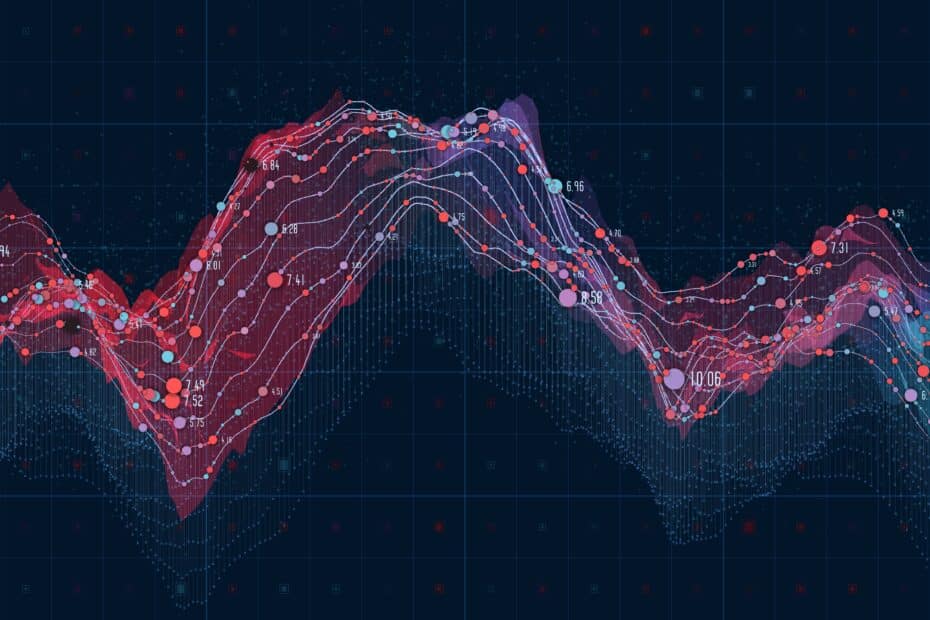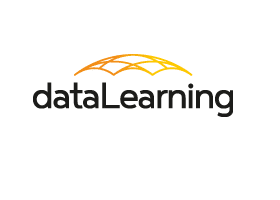TRAINING PROGRAM
Python for data science
Next course : 05 and 06 December
2 days / 14 hours
850 £ / pers.

Become operational in python for data science
content
This training will allow you to become operational in python for data science.
At the end of this course, you will be able to analyse, transform, visualise and exploit data. Therefore, by mastering the main python packages for data science (built-in, numpy, pandas, matplotlib, seaborn, scikit- learn…) you will be completely versatile in python.
All the theoretical concepts studied will also be accompanied by a “red line” use-case, which you will deploy throughout the training.
Course objectives
At the end of the training, you will be able to:
– Exploit the fundamental base of python (variables, conditions, loops, functions, etc.).
– Read, transform and exploit datasets with pandas.
– Visualise and analyse your data with matplotlib and seaborn.
– Set up simple predictive analysis models with scikit-learn.
LEVEL
audience
Developer, business analyst, data analyst, data engineer, quantitative analyst, statistician
Prerequisite
Hardware: Laptop with Anaconda software installed
course instructor
Thibaud vienne
Expert in Machine Learning
Professor in machine learning at the master 203 Paris- Dauphine and at the engineering school ESIEE Paris
Program
DAY 1
Step 1: Introduction to python
– Why python?
– Basic commands
– Variable, elementary operations, conditions
– Lists, dictionaries, functions
– It’s up to you: application of a « red line » use case
Step 2: Manipulate data with Pandas
– Pandas, data manipulation with python
– Reading data
– Selection, filtering, joins, concatenation
– Statistics, group by, apply, time series
– It’s up to you: application of a « red line » use case
DAY 2
Step 3: Data visualisation with Matplotlib
– Graphing with Matplotlib
Scatter plots, line charts, bar charts, histograms Chart customisation (title, axes, colors)
-Advanced graphics with seaborn
– It’s up to you: application of a « red line » use case
Step 4: Predictive analysis with scikit-learn
– Introduction to machine learning
-Predictive models with scikit-learn
-Rigorously evaluate your model
-It’s up to you: application of a « red line » use case
Step 5: Conclusion
– Conclusion and summary of the training
– To go further

